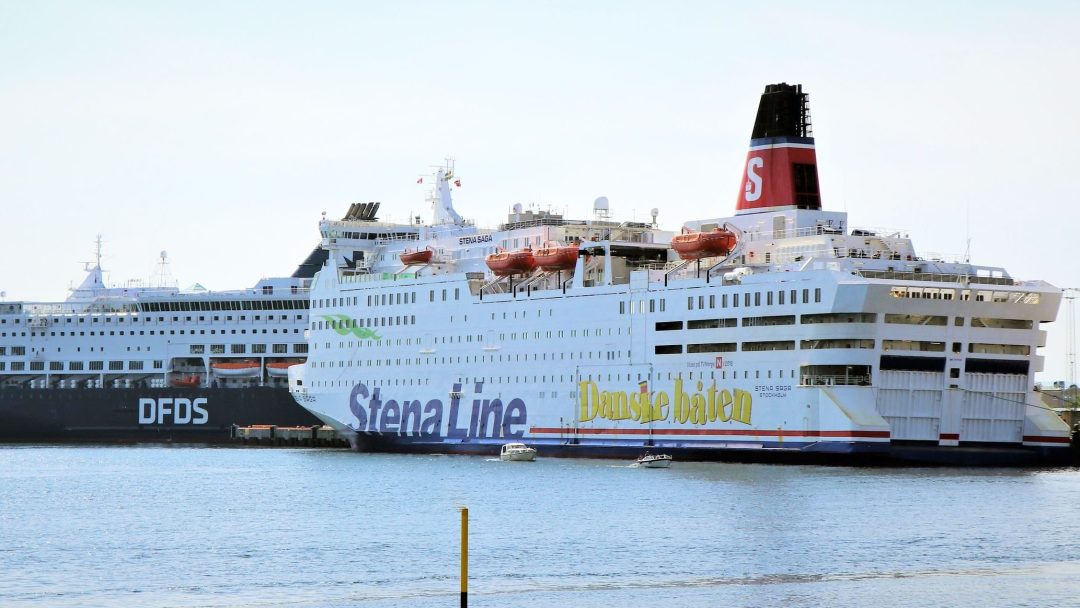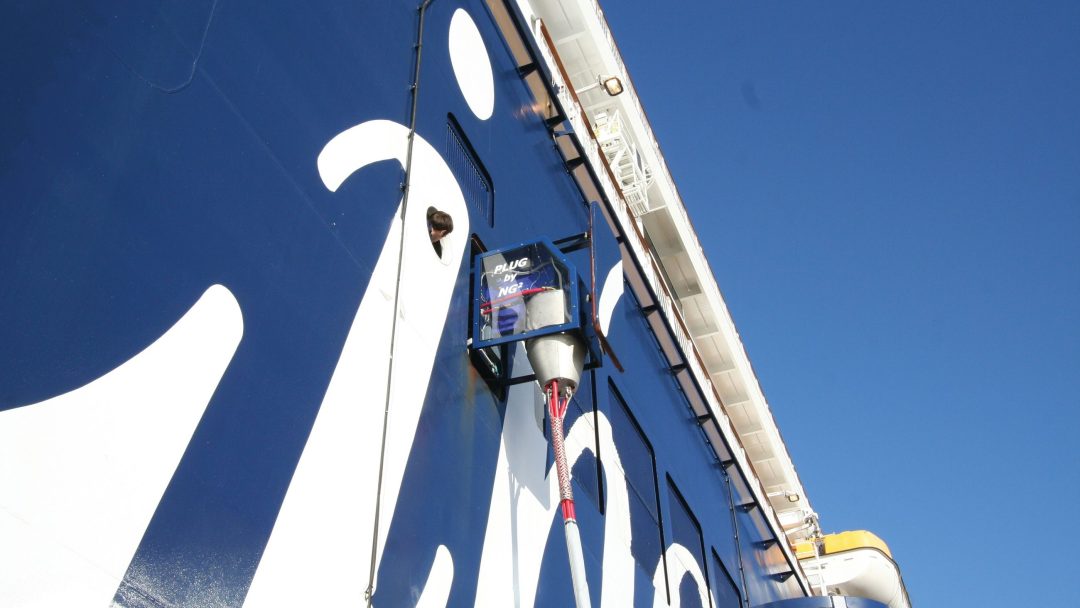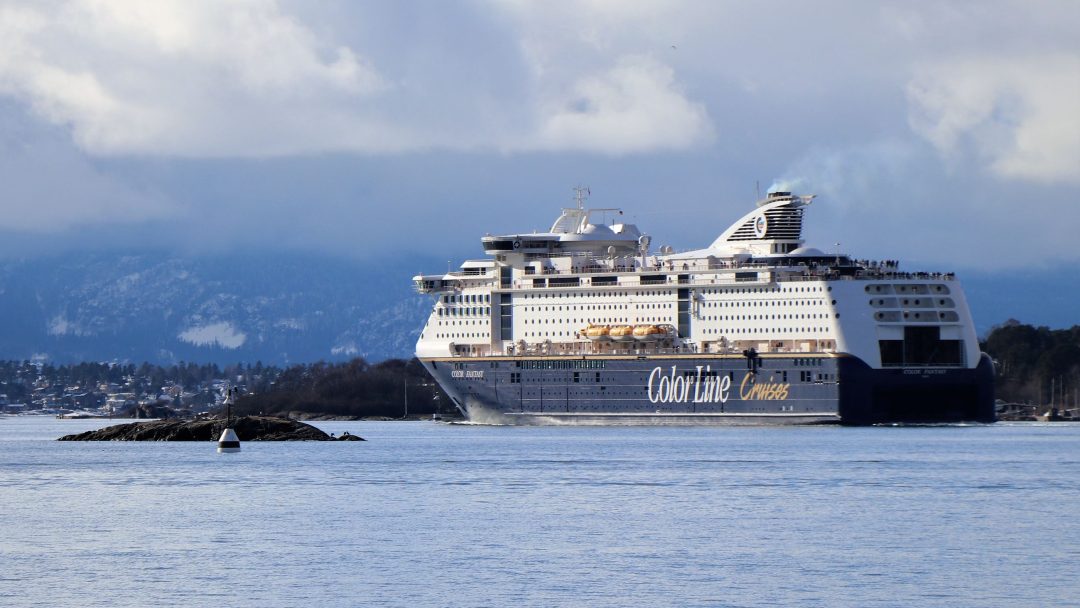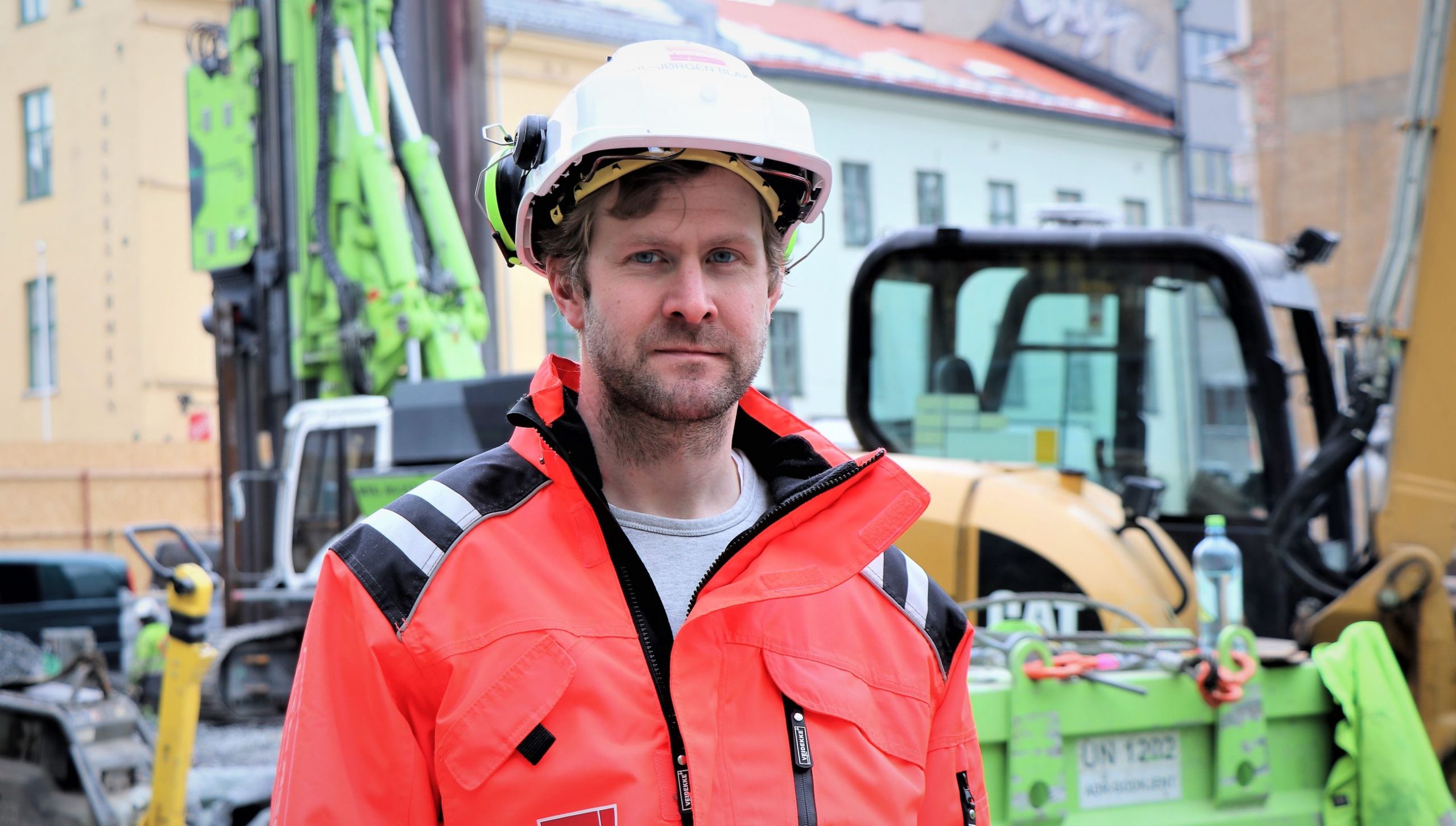Size: large
Type: image
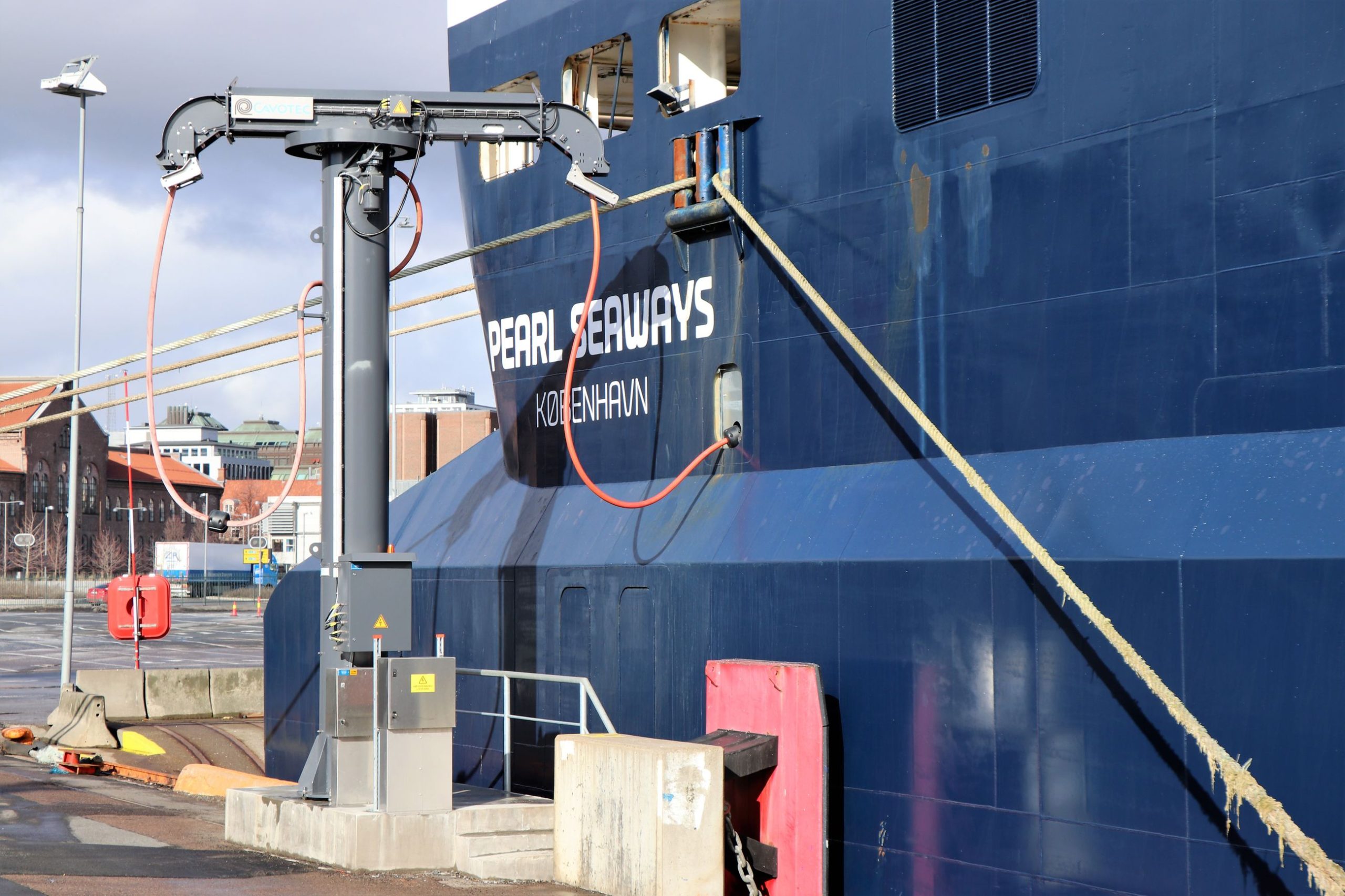
“We’re talking about 15 vessels. That makes it easier to achieve the municipality’s goal of a zero-emission port,” says Oslo’s climate director, Heidi Sørensen.
New calculations from the Climate Agency show that the five passenger ferries operating between Oslo and Denmark and Germany account for 38 percent of the emissions from the Port of Oslo. The figure rises to 50 percent if one adds Ruter’s 10 local ferries.
“In fact, this is very good news, because we’re already making good progress here on finding solutions. The new shore-power supply for ferries at Vippetangen was completed by the end of 2018, and both Stena Line and DFDS are installing connectors on board their ships,” says Sørensen.
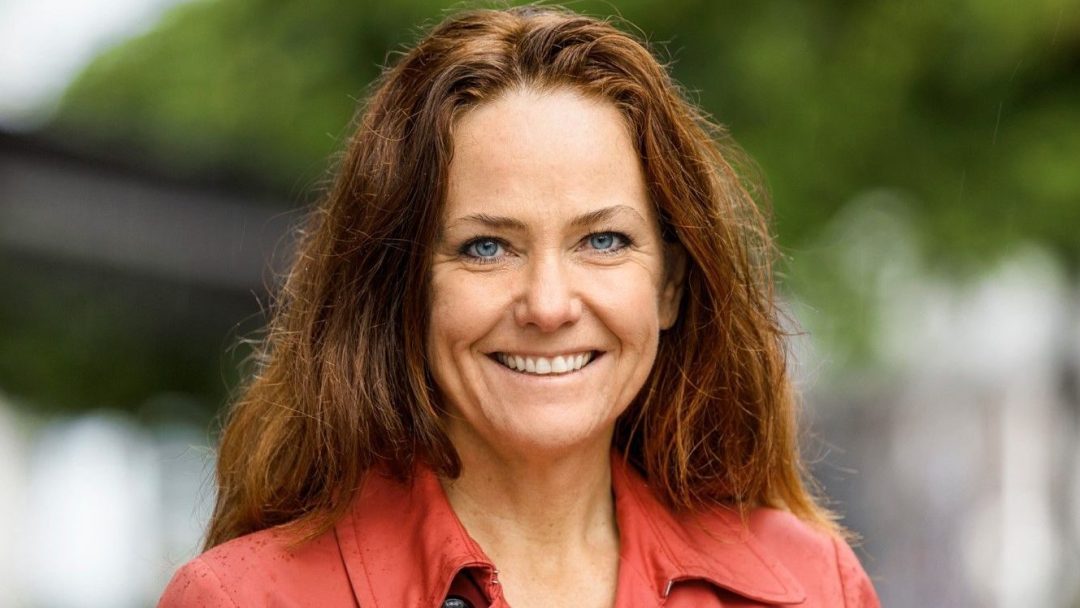
Heidi Sørensen, director of the Climate Agency
Oslo has set a target to cut greenhouse gas emissions from its port by 85 percent by 2030, and in the longer term to make the port zero-emission.
Happy with shore power
Color Line has had a shore-power supply for its passenger ferries at Hjortneskaia ever since 2011.
“The shore-power supply has worked very well for us. Previously we got a lot of complaints about noise and emissions, but since we got shore power, the noise and the particulate emissions have both been eliminated. We’re very happy, and we think our neighbours are too,” says Helge Otto Mathisen, communications director at Color Line.
Stena Line has converted its Oslo-Frederikshavn ferry to receive shore power. DFDS has converted one of its two Oslo-Copenhagen ferries and will convert the other the next time it is taken out of service, in January 2020.
“We have decided to switch to shore power because of the clear political desire for this in Oslo. We are happy to accommodate this so that Oslo can have cleaner air,” says Gert Jakobsen, information director at DFDS.
- Facts about the shore-power supply in Oslo (English)
- In 2017, greenhouse gas emissions from the port totalled 55,000 tonnes CO2e. This is equivalent to 4 percent of Oslo’s total greenhouse gas emissions.
- The City of Oslo has set a target to reduce emissions by 85 percent by 2030; and for the port to be zero-emission by 2050.
- The City Government has published an action plan setting out how the Port of Oslo will be made zero-emission.
Only a small amount of CO2emissions from cruise ships
The Climate Agency’s goal is for all international ferries to be zero-emission by the end of 2025, both when they are docked in port and when they are entering and exiting the port area. This will be achieved using shore power and batteries. The Nesodden ferries will be zero-emission this year, although Ruter’s island ferries will not be zero-emission until 2021.
These measures will improve the air in the city and reduce noise and vibration, which are a nuisance for neighbours, tourists and the employees on board the vessels.
If we also succeed in making express ferries and shore-based activities in the port zero-emission, emissions from the port will be reduced by approximately two-thirds. Cranes and other equipment for handling cargo account for the majority of shore-based emissions (72 percent), while heavy duty vehicles in the port area account for the rest. Oslo Port Authority already has several electric cranes.
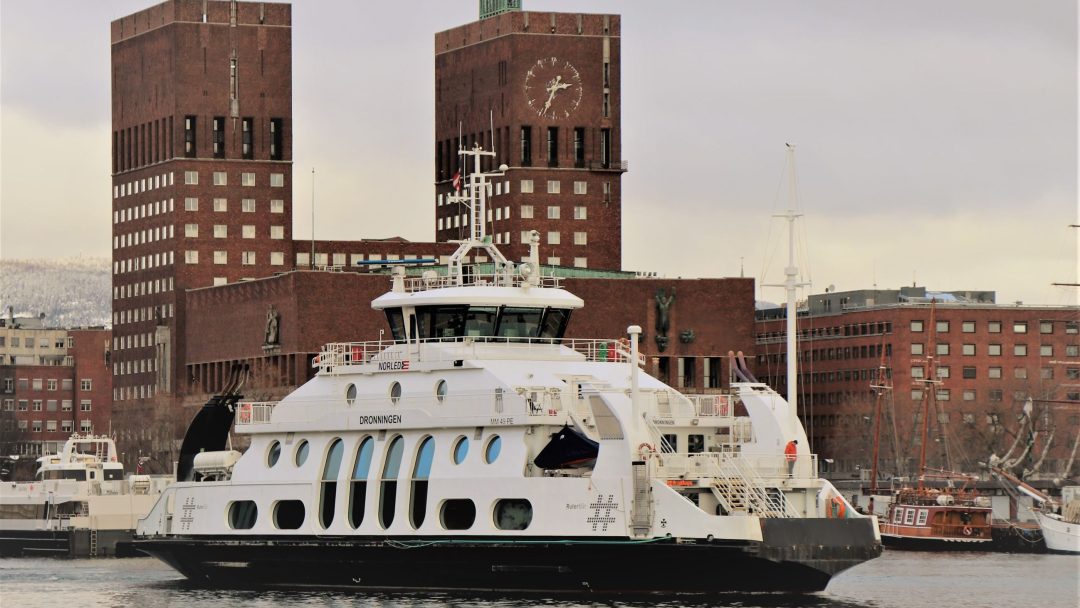
The Nesodden ferries carries more than 2,7 million passengers a year. They will be converted in to battery-powered electric ferries this year.
Container vessels are the fourth largest source of emissions in the Port of Oslo, with tankers coming fifth. Cruise ships are in sixth place, accounting for 8 percent of the port’s CO2emissions.
“Cruise ships are docked in the harbour for relatively short times, and the season only lasts half the year. This doesn’t mean that we shouldn’t do anything to tackle these emissions. We are already working with other Norwegian cruise ports on common standards for the cruise industry,” says Sørensen.
In 2017, 45 cruise ships made a total of 101 calls at the Port of Oslo. The average age of these ships was 22 years.
Shore-power supply is cutting noise and air pollution
The City of Oslo recently published an action plan that evaluated all emissions from the port and indicated how the City could achieve the climate goals set for the port by 2030.
“85 percent is an ambitious target, but it’s not impossible. By cutting emissions from five international ferries and 10 local ferries, and by making shore-based activities zero-emission, we can cut emissions by about two-thirds. Shore power is the key to achieving this,” says Sørensen.
Shore-power will cut not only CO2emissions, but also emissions of sulphur, NOX and particulates.
“The ships dock in areas where there are lots of passers-by, and where a lot of tourists arrive in Oslo. These measures will improve the air in the city and reduce noise and vibration, which are a nuisance for neighbours, tourists and the employees on board the vessels. They can make Oslo a pioneer in international climate efforts by maritime cities,” says Sørensen.
- Requirements on the use of shore power. Shore power not only cuts CO2emissions, but also emissions of sulphur, NOx and particulates. New shore-power facilities will be completed by the autumn.
- By 2025, international ferries will be required to enter and leave the port with zero emissions (this requires the use of battery power, hydrogen or biofuels).
- Zero-emission operations by the Nesodden ferries (from 2019), Ruter’s island ferries (from 2021), and by express ferries.
- Zero-emission handling of cargo at the Port of Oslo: electric cranes, cars and trucks.
- Environmental penalties and discounts to reward low-emission vessels.
- Cooperation with other cruise ports on common standards for shore power and other environmental measures.
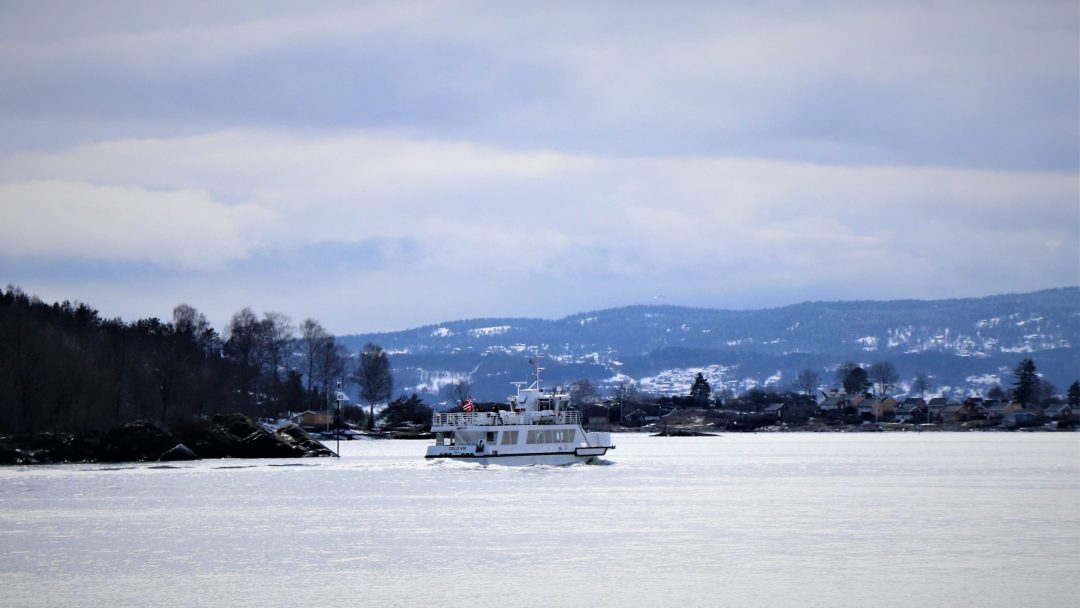
Oslo’s popular small island ferries will be battery-powered in 2021.
Environmental penalties and discounts
“The international ferries are responsible for most greenhouse gas emissions in the Port of Oslo. Accordingly, we’re delighted that Stena Line and DFDS take action and use the new shore-power supply,” says Roger Schjerva, chair of the board of the Port of Oslo.
Oslo Port Authority will impose an environmental penalty on ships that are equipped for shore power but fail to use it. At the same time, Oslo Port Authority will halve the container fee for cargo owners who receive their cargo via containers from Europe. The aim is to stimulate sea transport by moving cargo from road routes to sea routes, since greenhouse gas emissions from road transport are quadruple those from sea transport.

Roger Schjerva, chair of the board at Oslo Port Authority
“We are the first port in Norway to do this. Oslo Port Authority is seeing a positive trend whereby sea transport is taking a market share from road transport. We want to boost this trend with environmental discounts,” says Schjerva
Oslo Port Authority already gives environmental discounts to reward ships that use cleaner fuel, have environmental technology on board, and reduce atmospheric emissions while docked.
- You might also want to read: “It’s great that the electric bus is so quiet to drive”
This story was originally published in Norwegian in July, 2018, and updated March, 2019.
